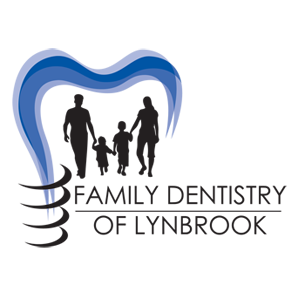Plaque that remains on teeth eventually hardens into tartar, which is virtually impossible to remove with brushing and flossing alone. Scaling is the deep-cleaning procedure Dr. Patel or the hygienist uses to scrape the tartar off your teeth at and below the gumline.
What is scaling?
Scaling is the deep-cleaning procedure Dr. Patel or a hygienist uses to scrape the tartar off your teeth at and below the gumline. It is important to remove tartar because tartar makes teeth even more susceptible to tooth decay. Tartar also causes gingivitis, inflammation of the gums. Scaling is the process of actually scraping the teeth with dental instruments, or the use of an ultrasonic machine that aids in the process. The scaling is usually followed by a process called planing, which smoothes any roughness from the surface of the tooth. After scaling and planing, teeth are more resistant to plaque, and gums can return to their normal pink, healthy state.
What’s the difference between cleaning and scaling?
Regular cleanings remove the sticky plaque above the gumline, while scaling removes the hardened plaque, or tartar, at and below the gumline.
What can I expect from a scaling procedure?
Dr. Patel may use an ultrasonic machine to assist in this process, but most likely, he or a hygienist will use metal dental instruments to scrape the tartar off teeth under the gumline. In order to make you as comfortable as possible, Dr. Patel will first make sure that your gums have been sufficiently numbed with anesthetics. For many people, the anesthetics are sufficient, but if you are particularly uncomfortable with this procedure, ask Dr. Patel if some type of sedation would be appropriate. The scaling is usually followed by a process called planing, which smoothes any roughness from the surface of the tooth. After scaling and planing, teeth are more resistant to plaque, and gums can return to their normal pink, healthy state. But, proper dental hygiene is important to keep the teeth and gums healthy, otherwise the tartar and gingivitis are likely to return.
Why would I need scaling?
Dr. Patel and a hygienist observed tartar on your teeth and the condition of your gums during the exam or the cleaning. If you have bleeding gums or other signs of gum inflammation, or gingivitis, the most likely cause is tartar buildup at and below the gumline. Once the scaling and planing are finished, your gums will heal in against smooth teeth in an area that has been cleaned of bacteria, plaque and tartar. If the scaling is not done, the gingivitis could worsen into serious gum disease called periodontitis, and the tartar will contribute to tooth decay.
What are the benefits of scaling?
Removal of tartar, or calculus, will reduce tooth decay. Scaling can also reverse gingivitis before it becomes more serious gum disease. Once the scaling and planing are finished, your gums will heal in against smooth teeth in an area that has been cleaned of bacteria, plaque and tartar. If the scaling is not done, the gingivitis could worsen into serious gum disease called periodontitis. The benefits of scaling, however, only last as long as the calculus remains off the teeth. Some patients will need periodic scaling if they are prone to tartar buildup, or they don’t practice proper oral hygiene.

